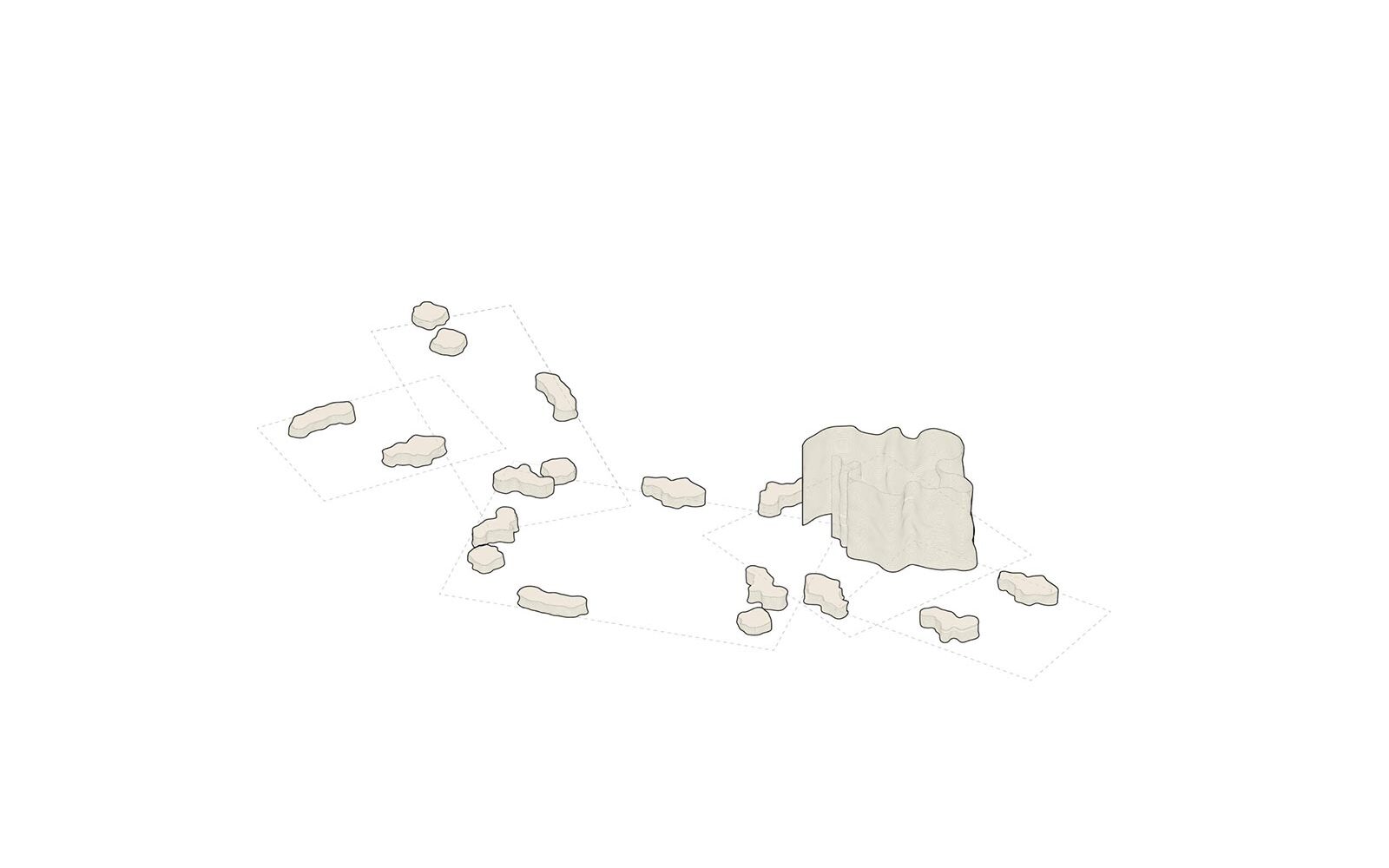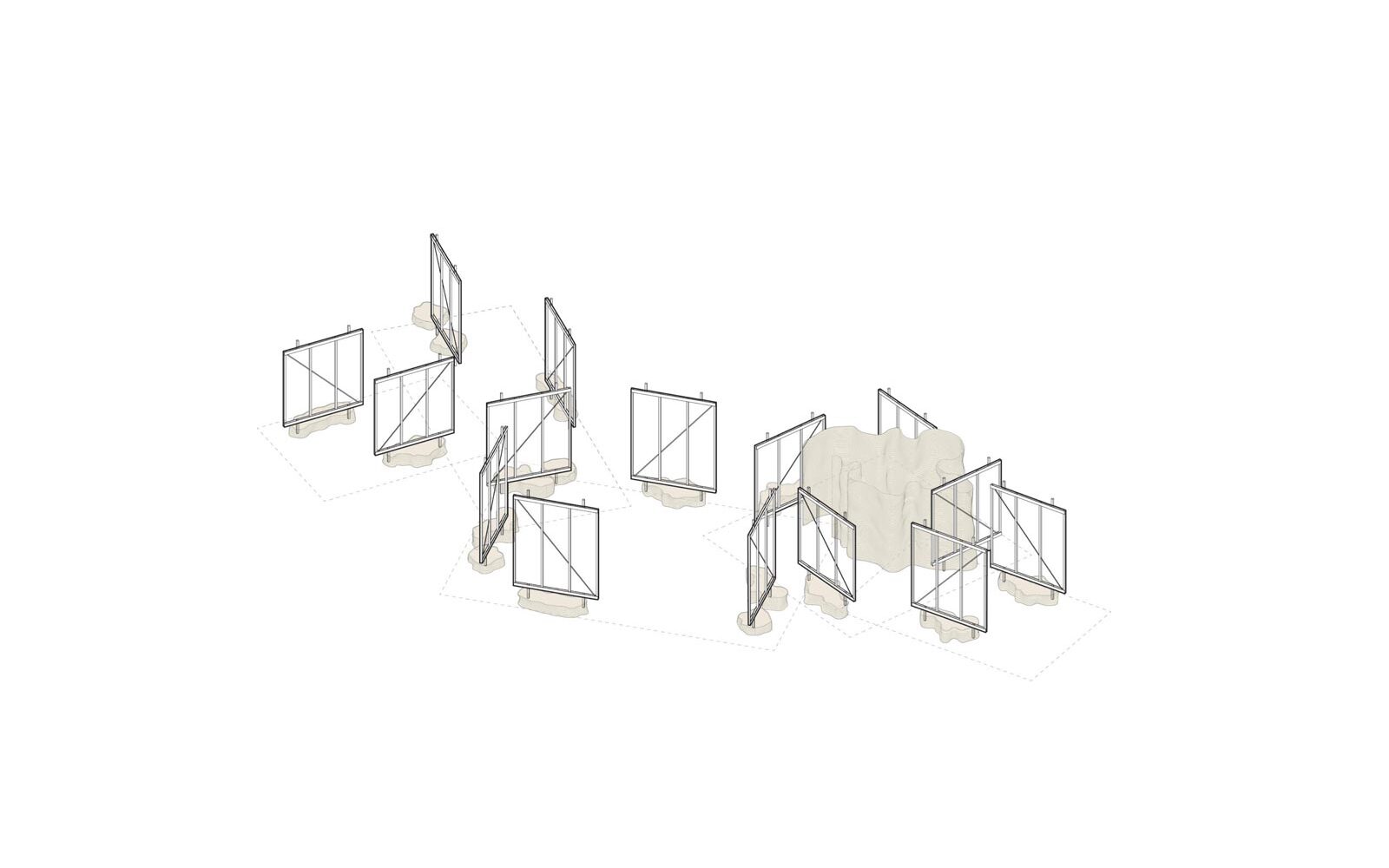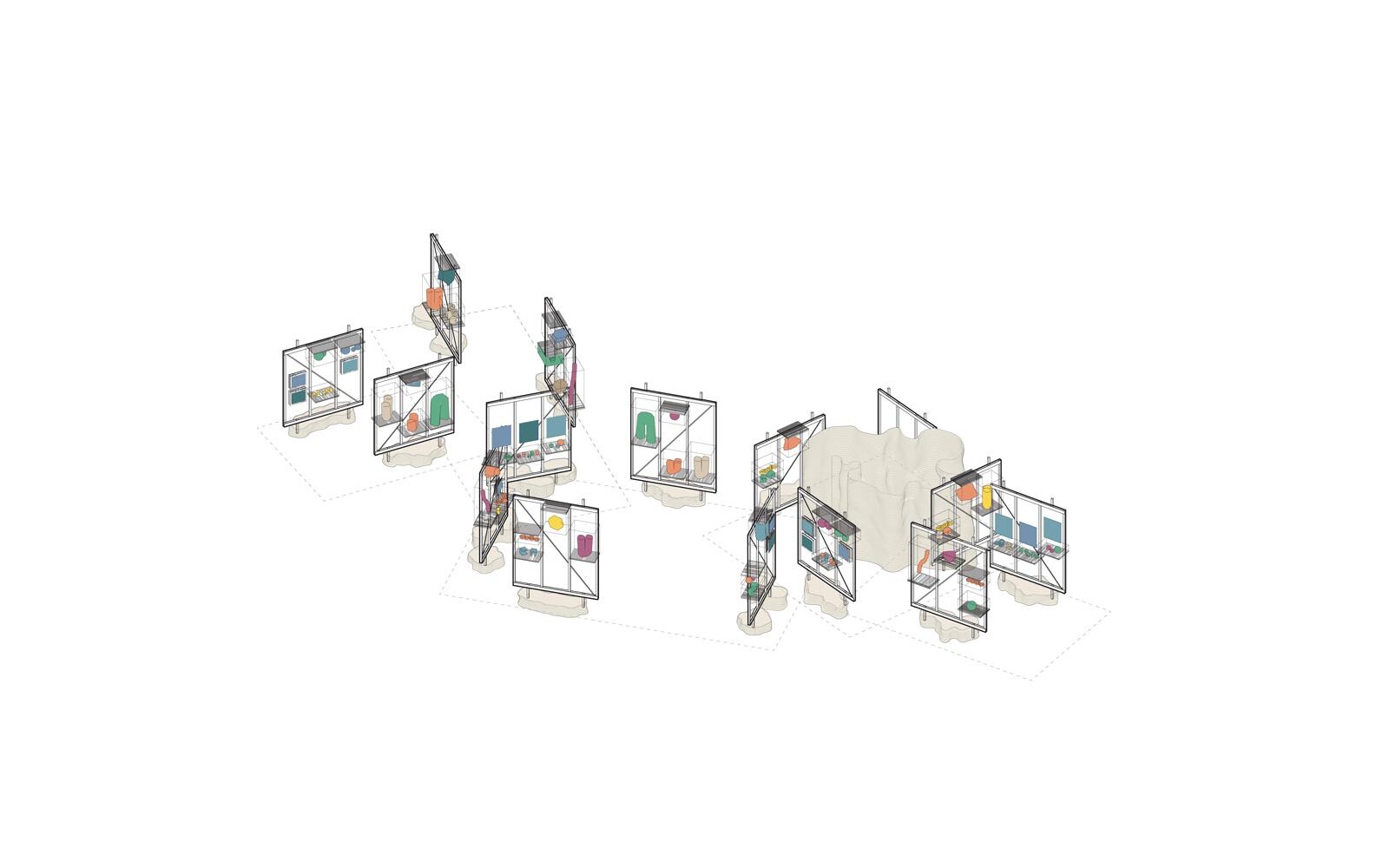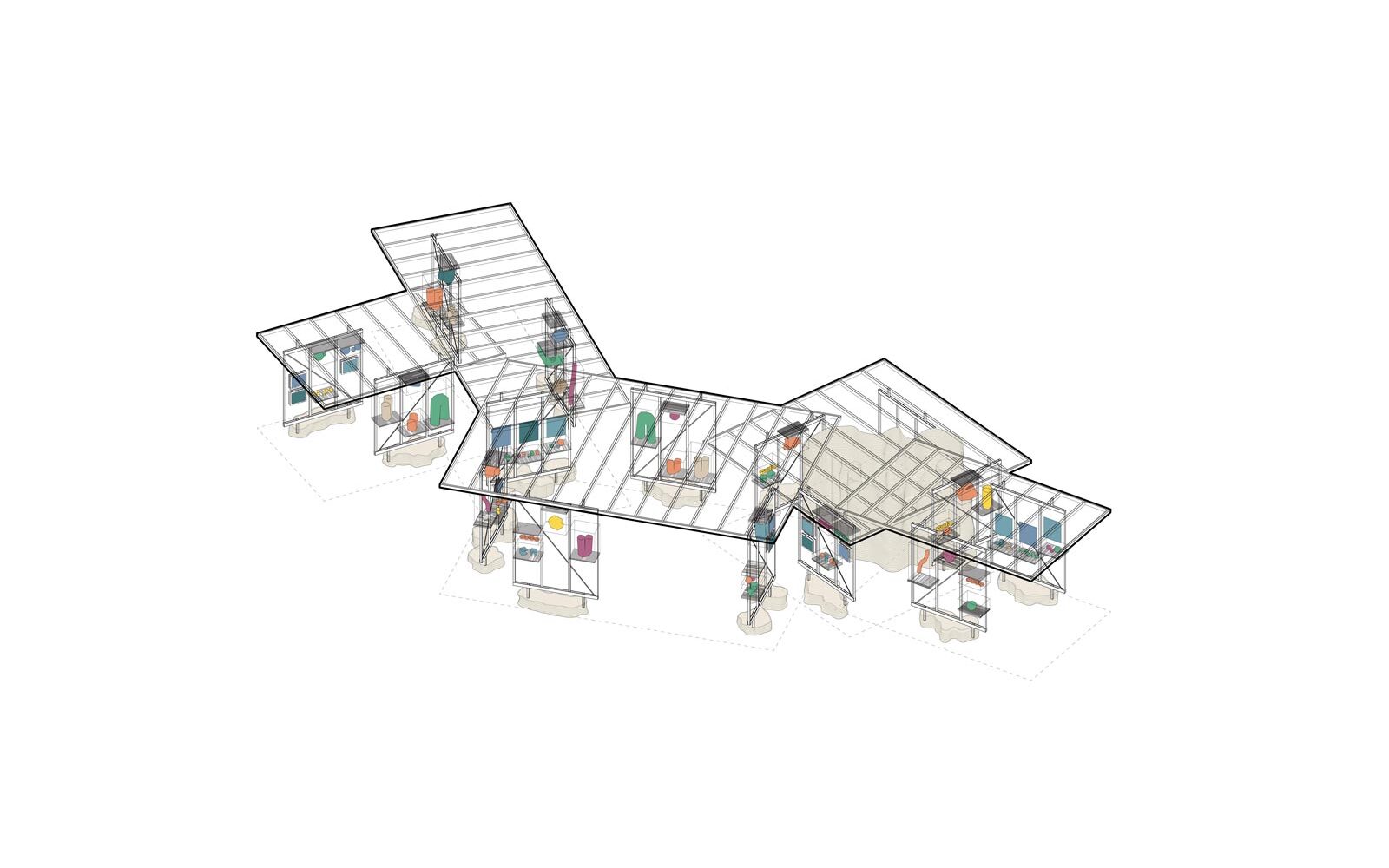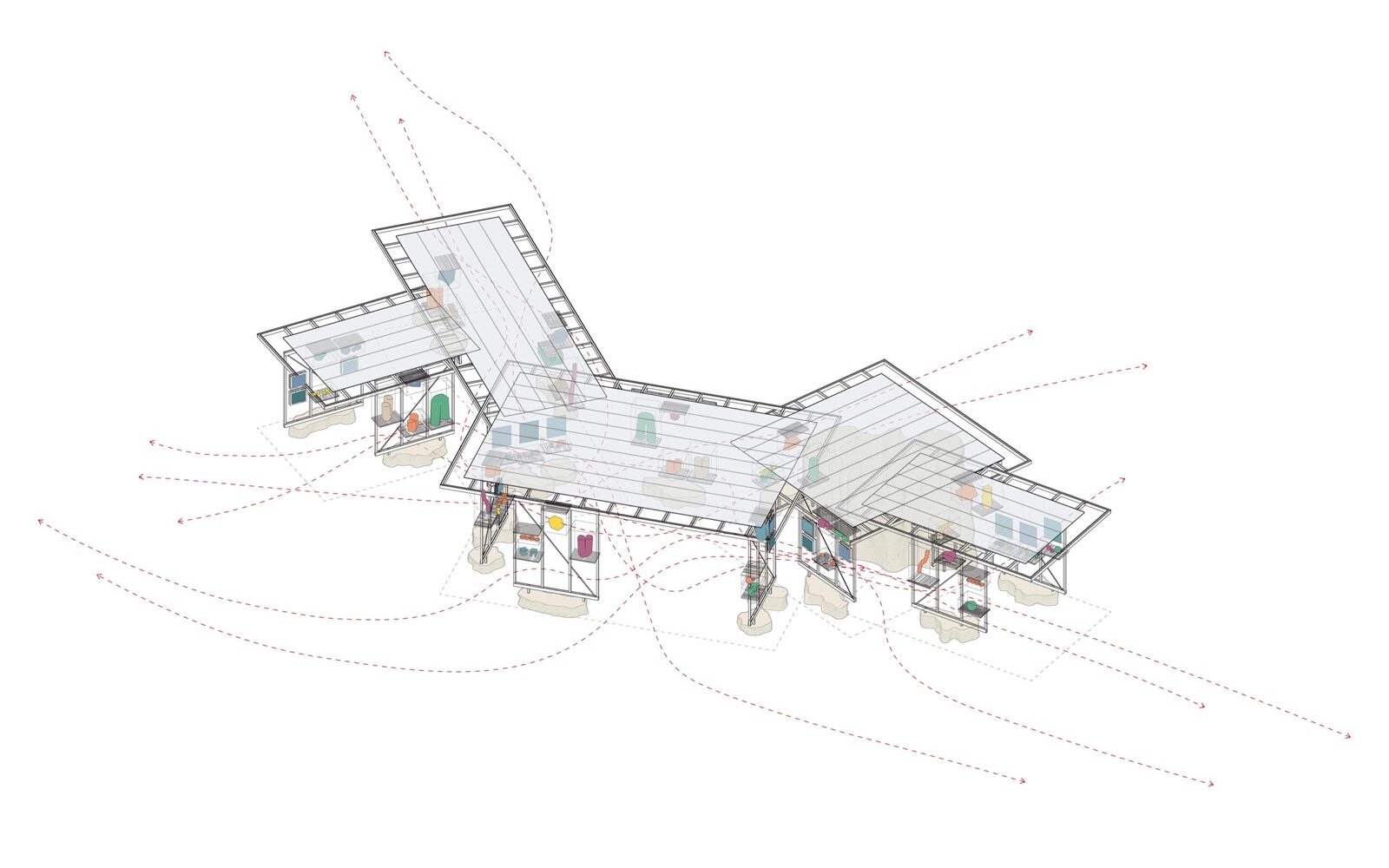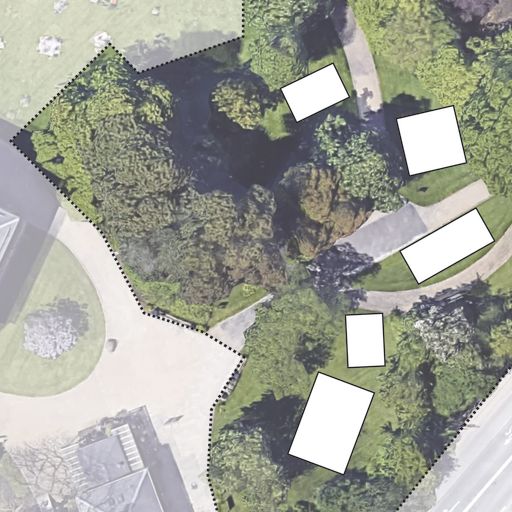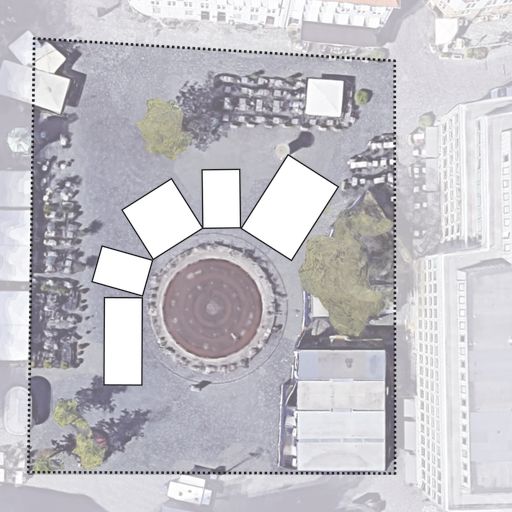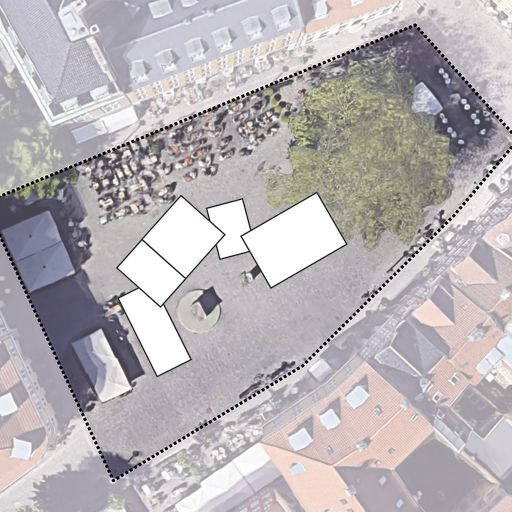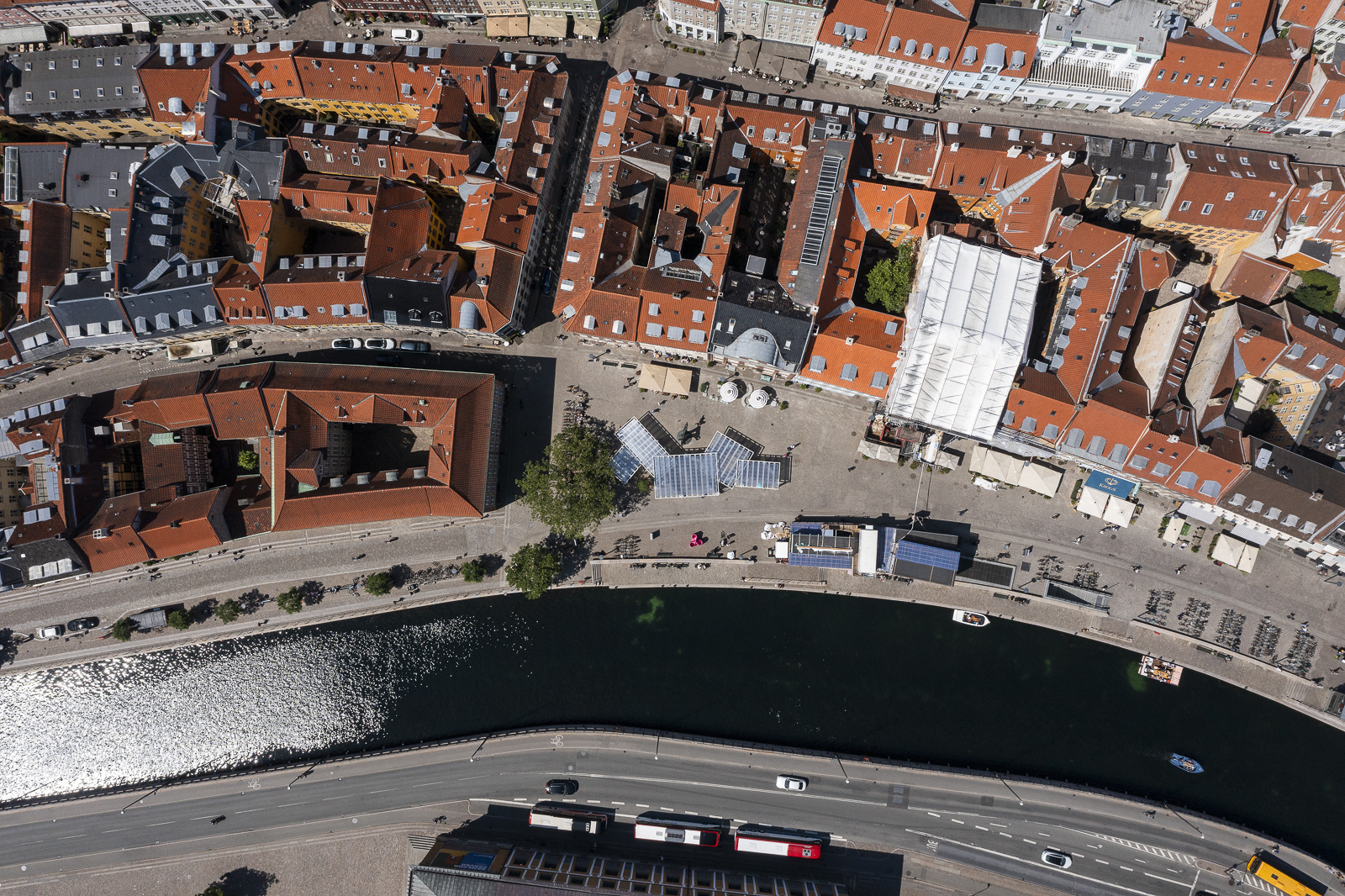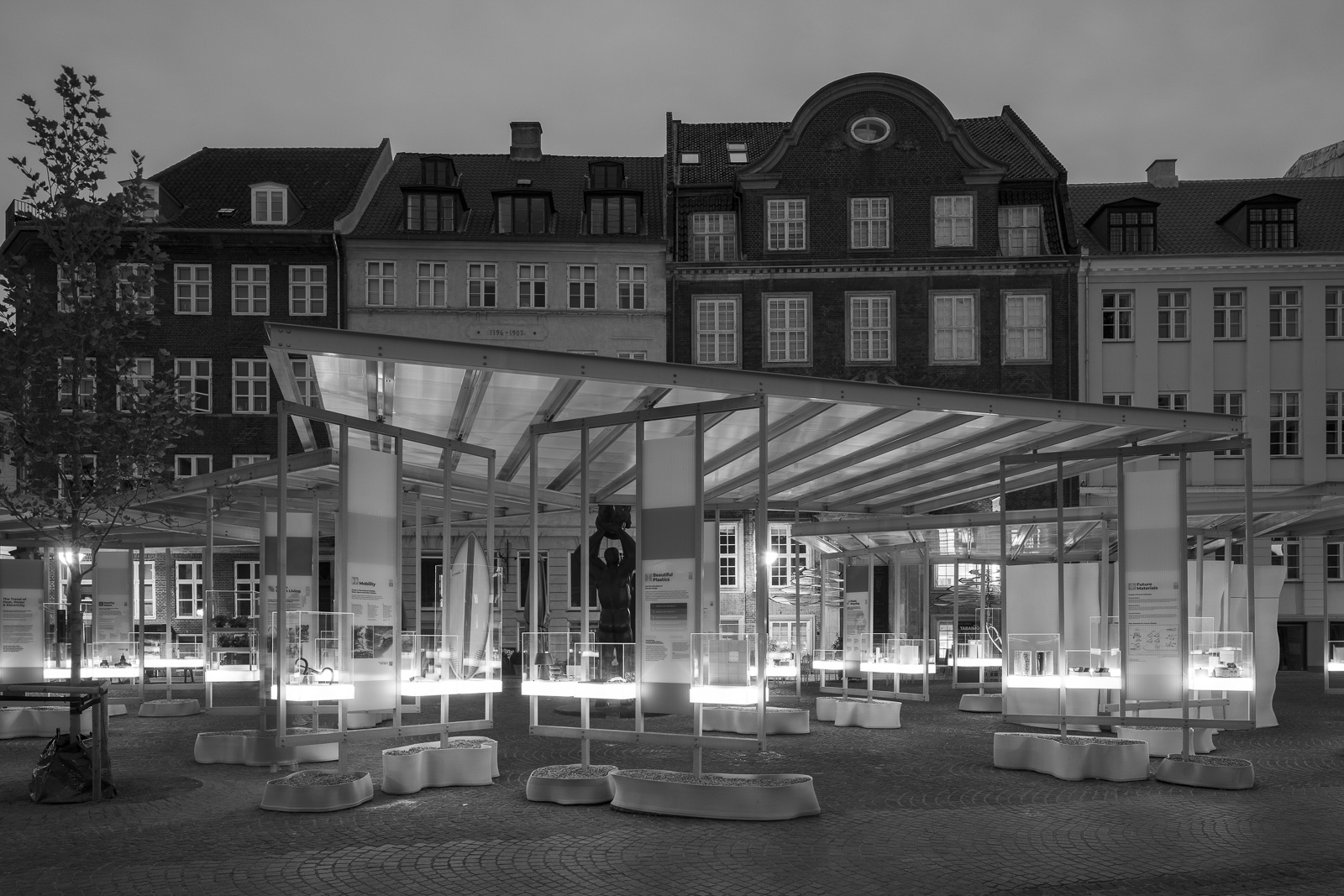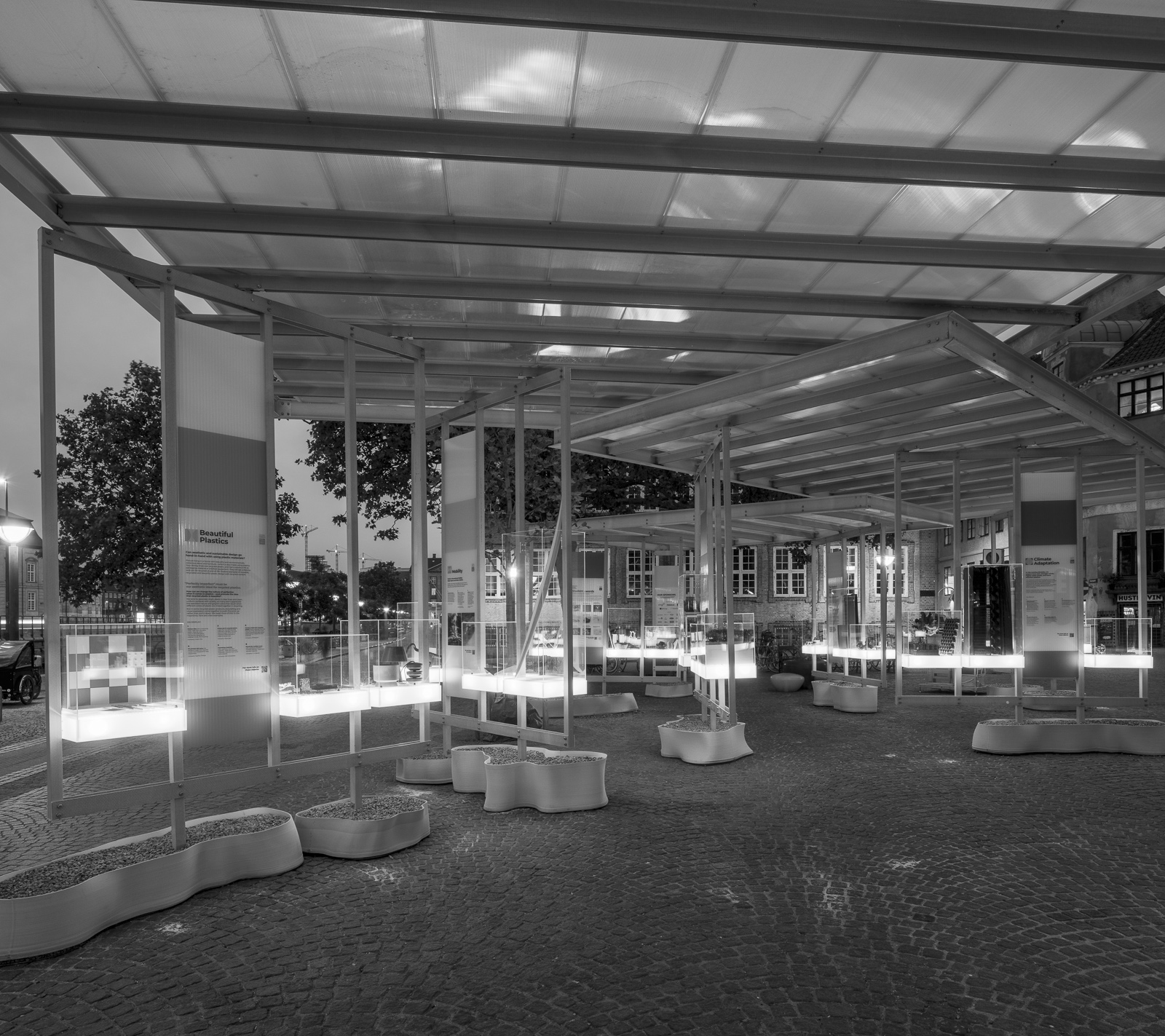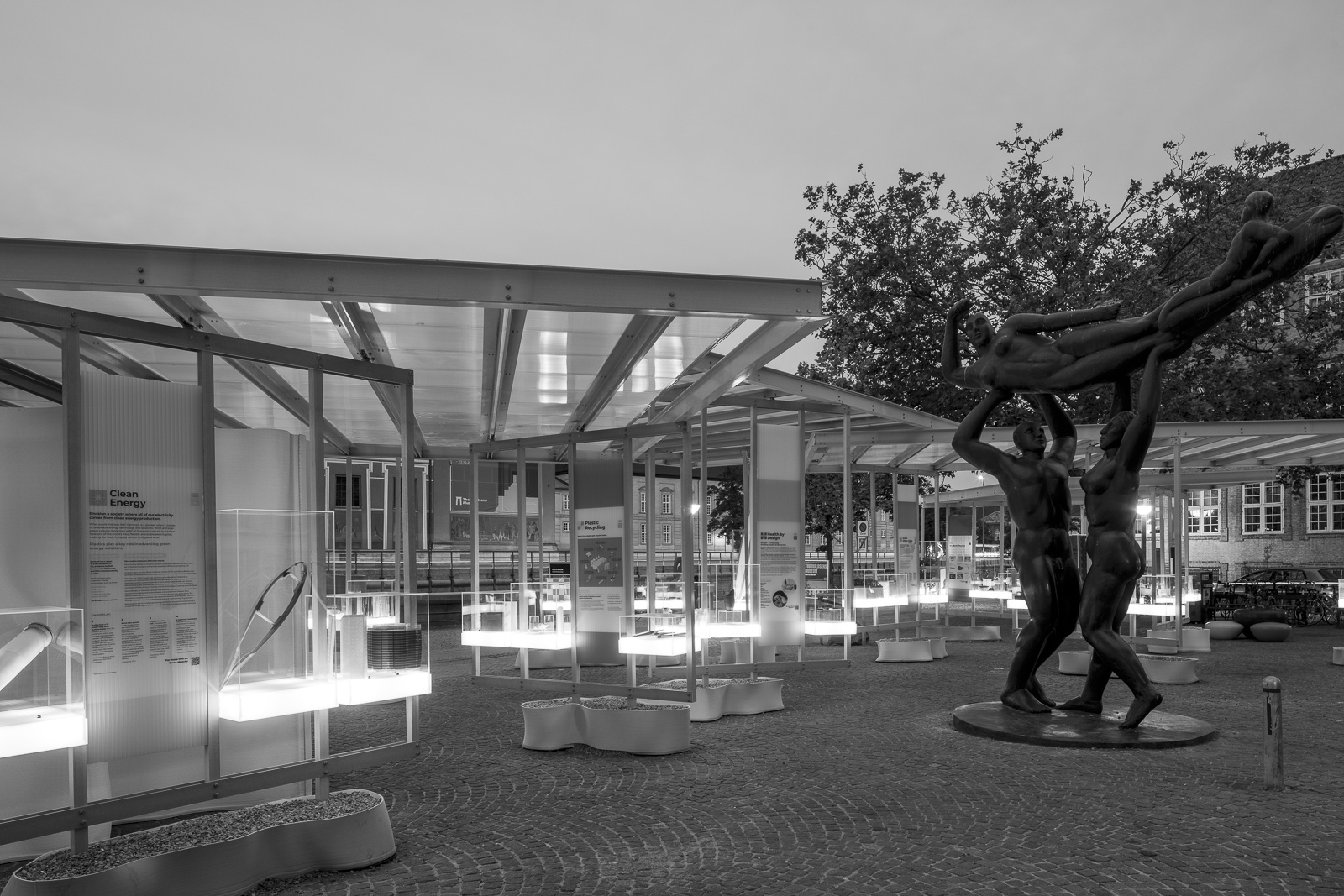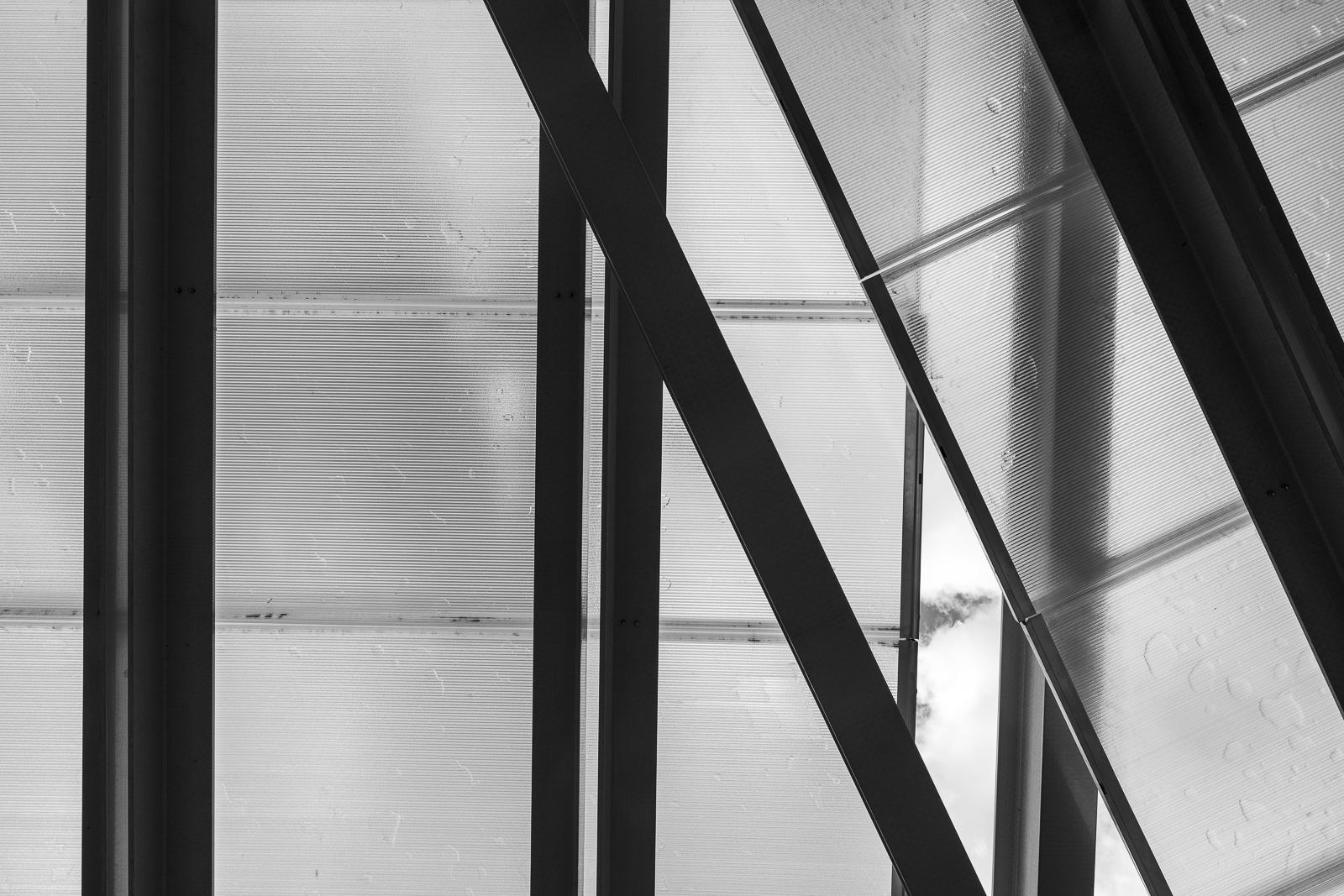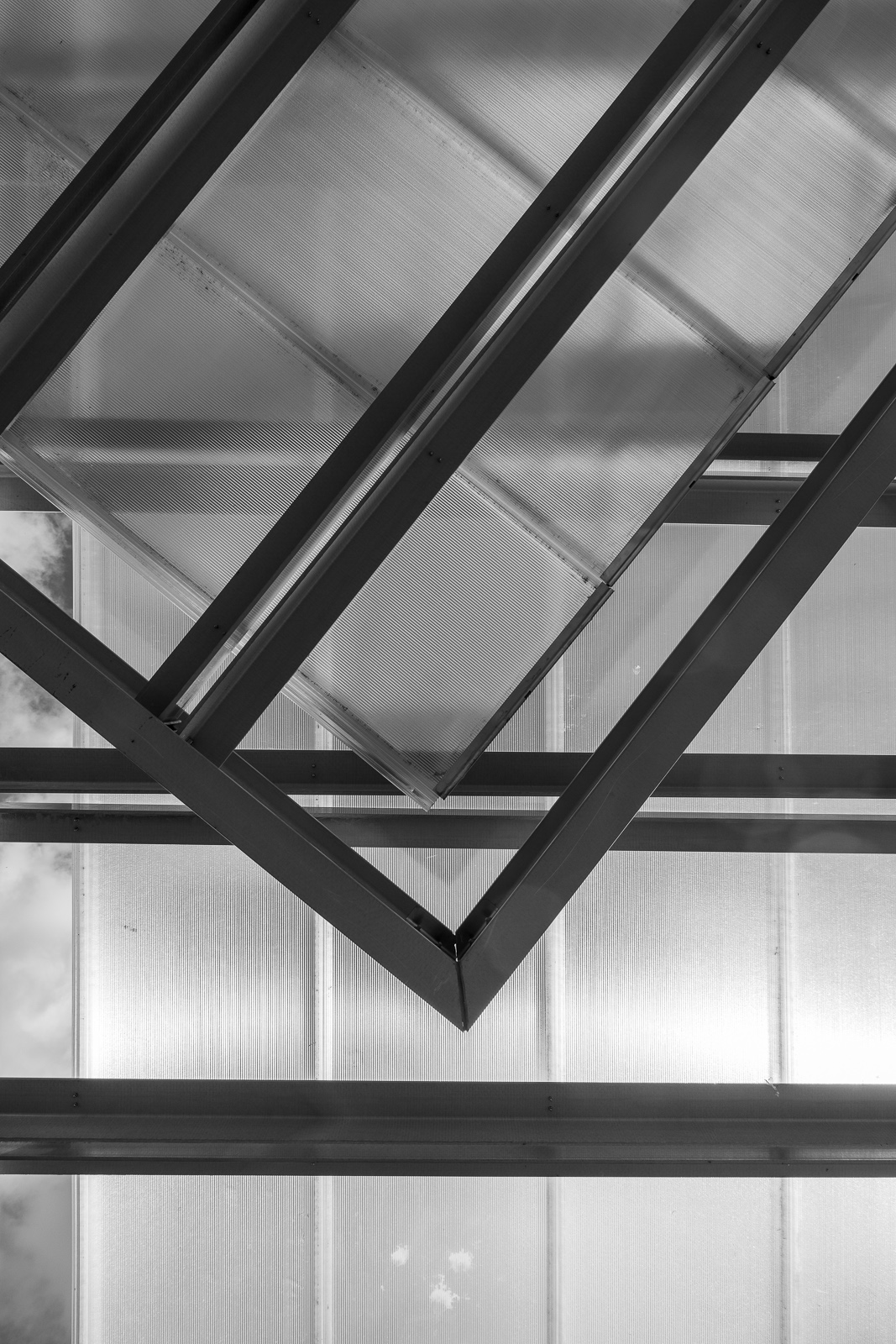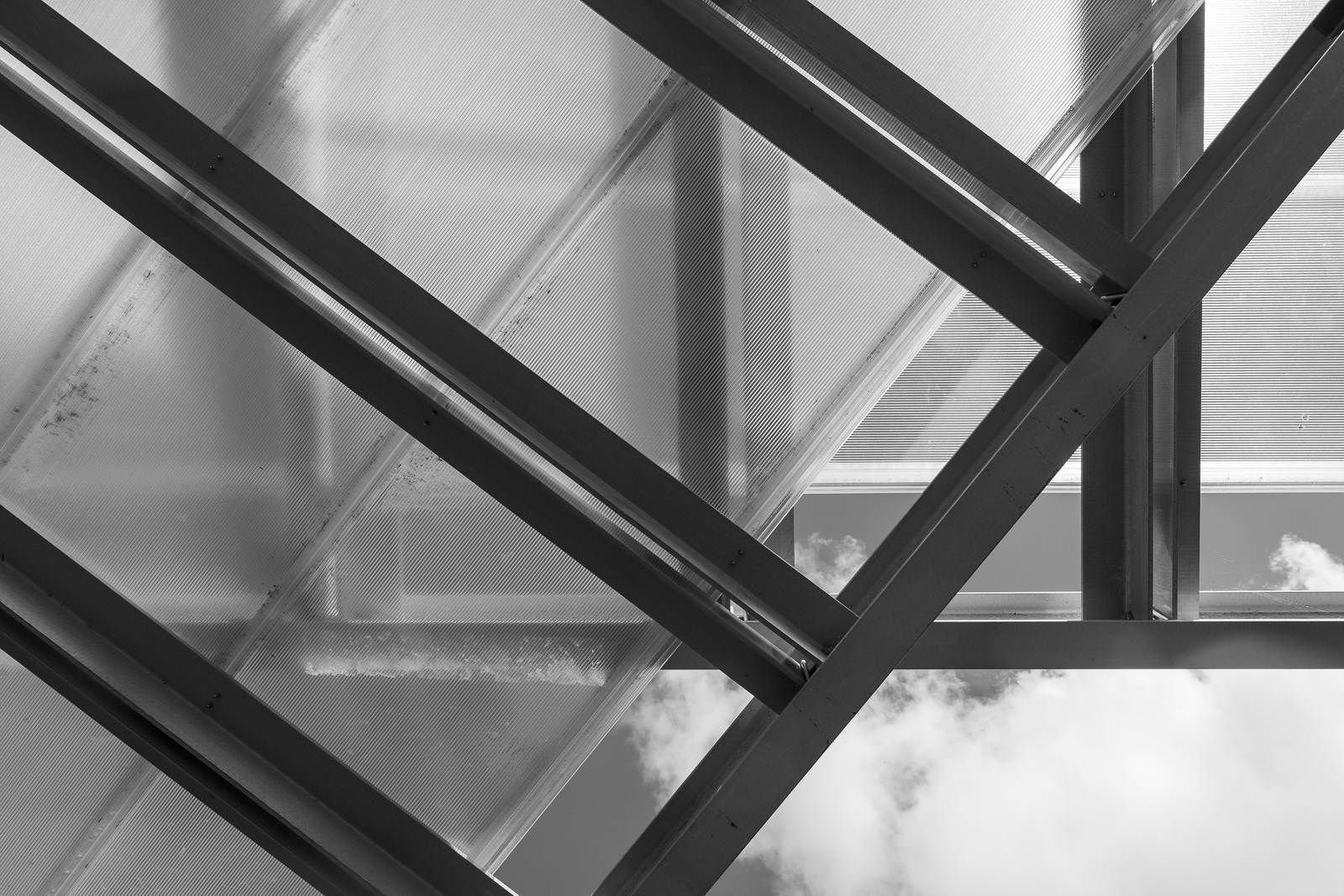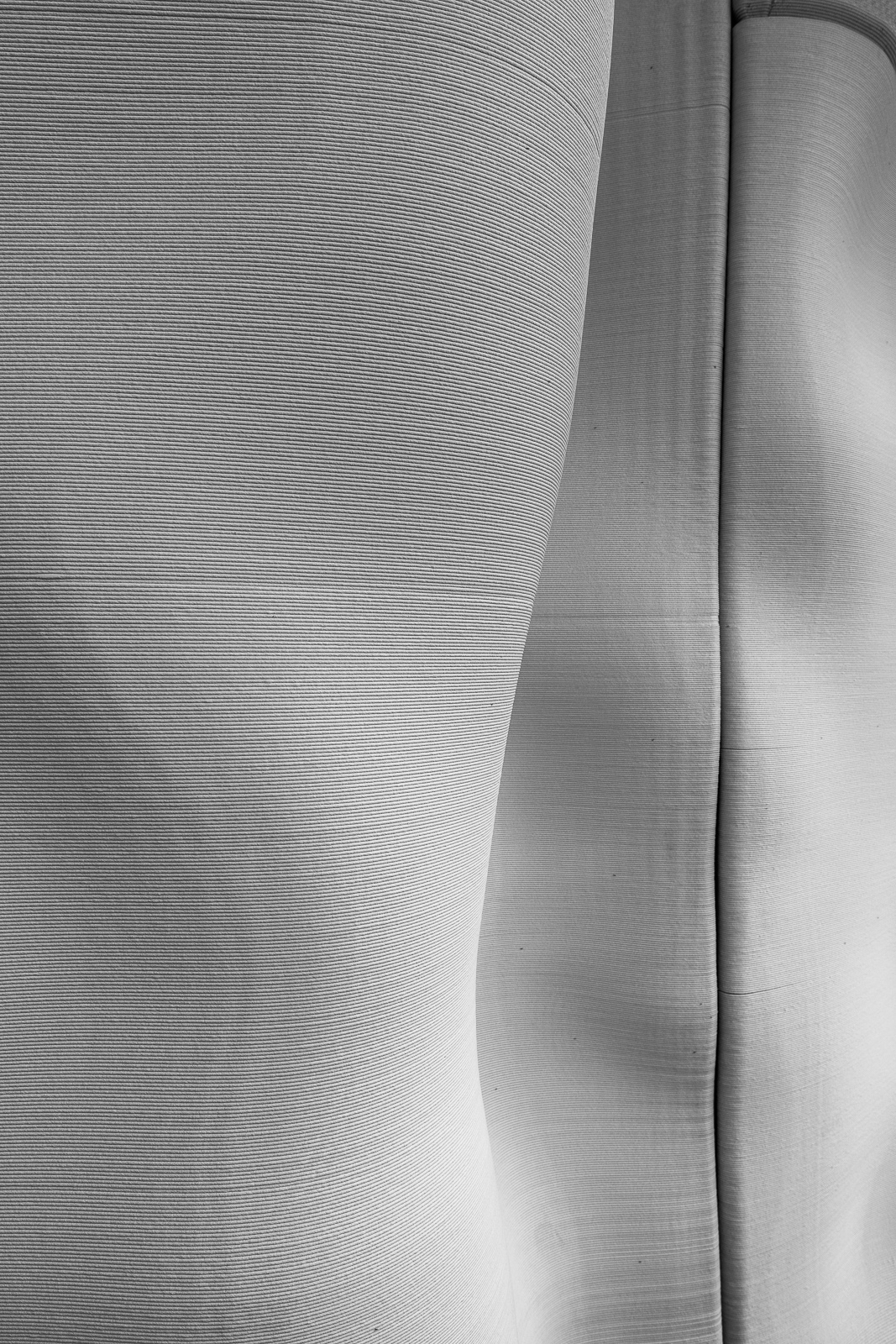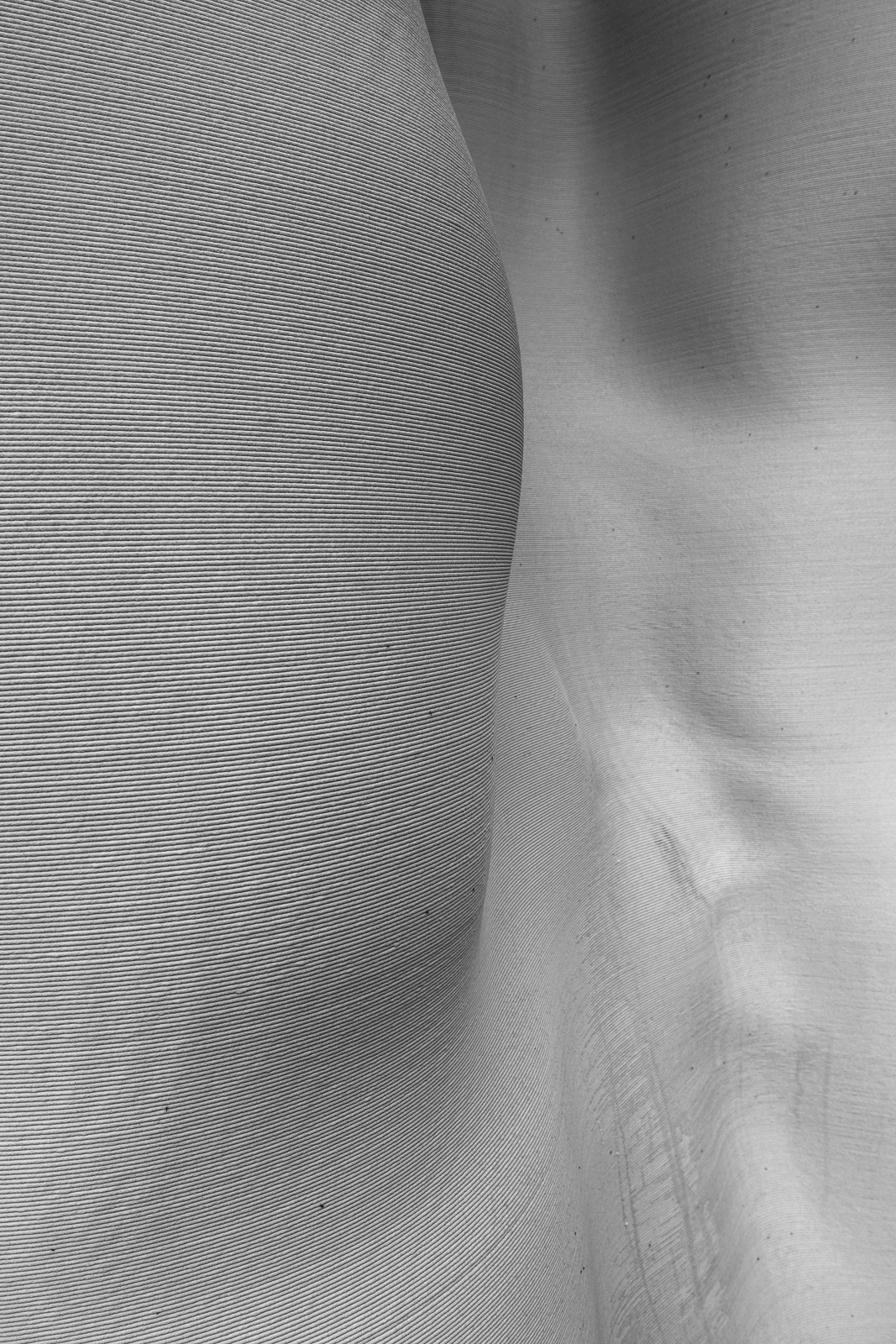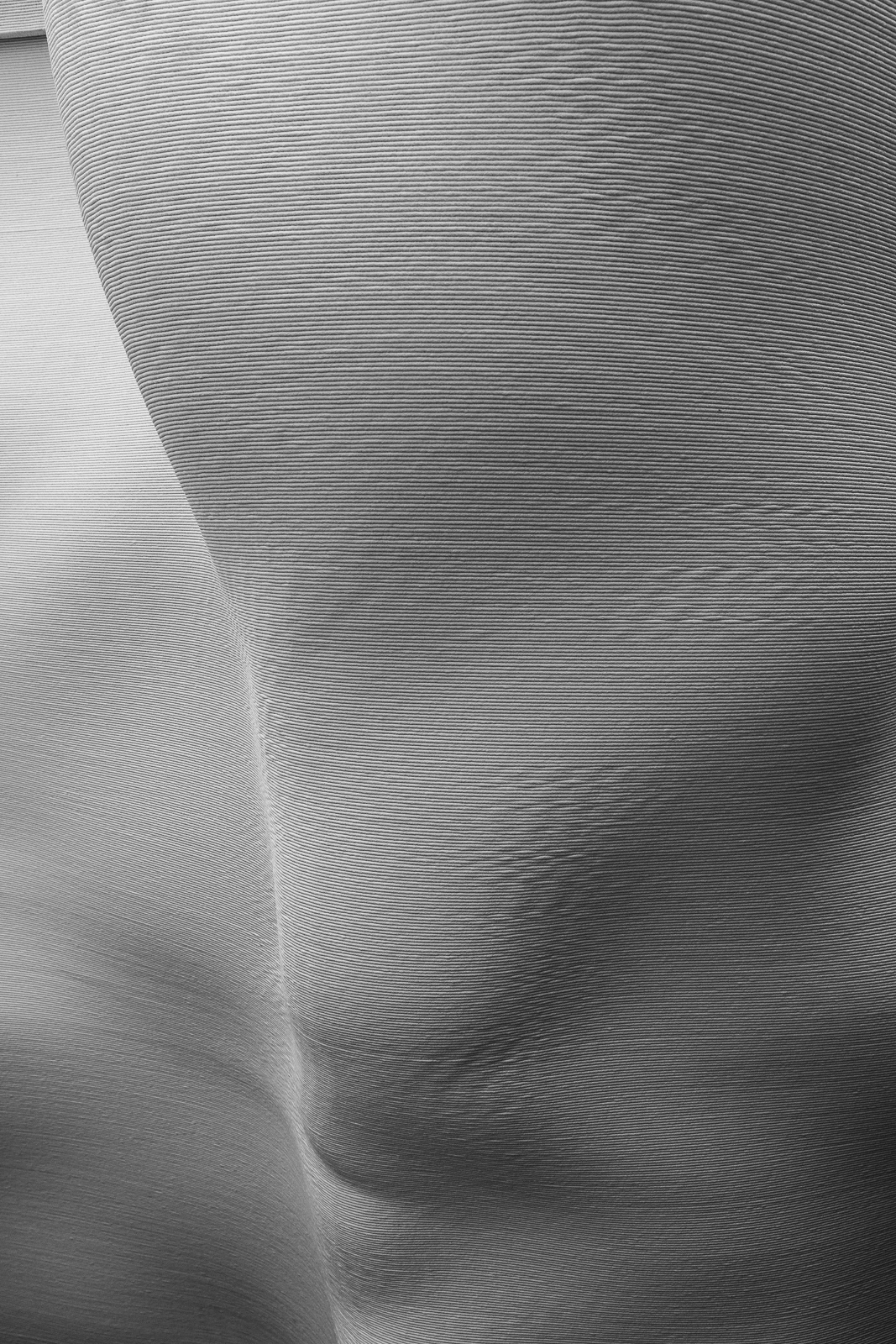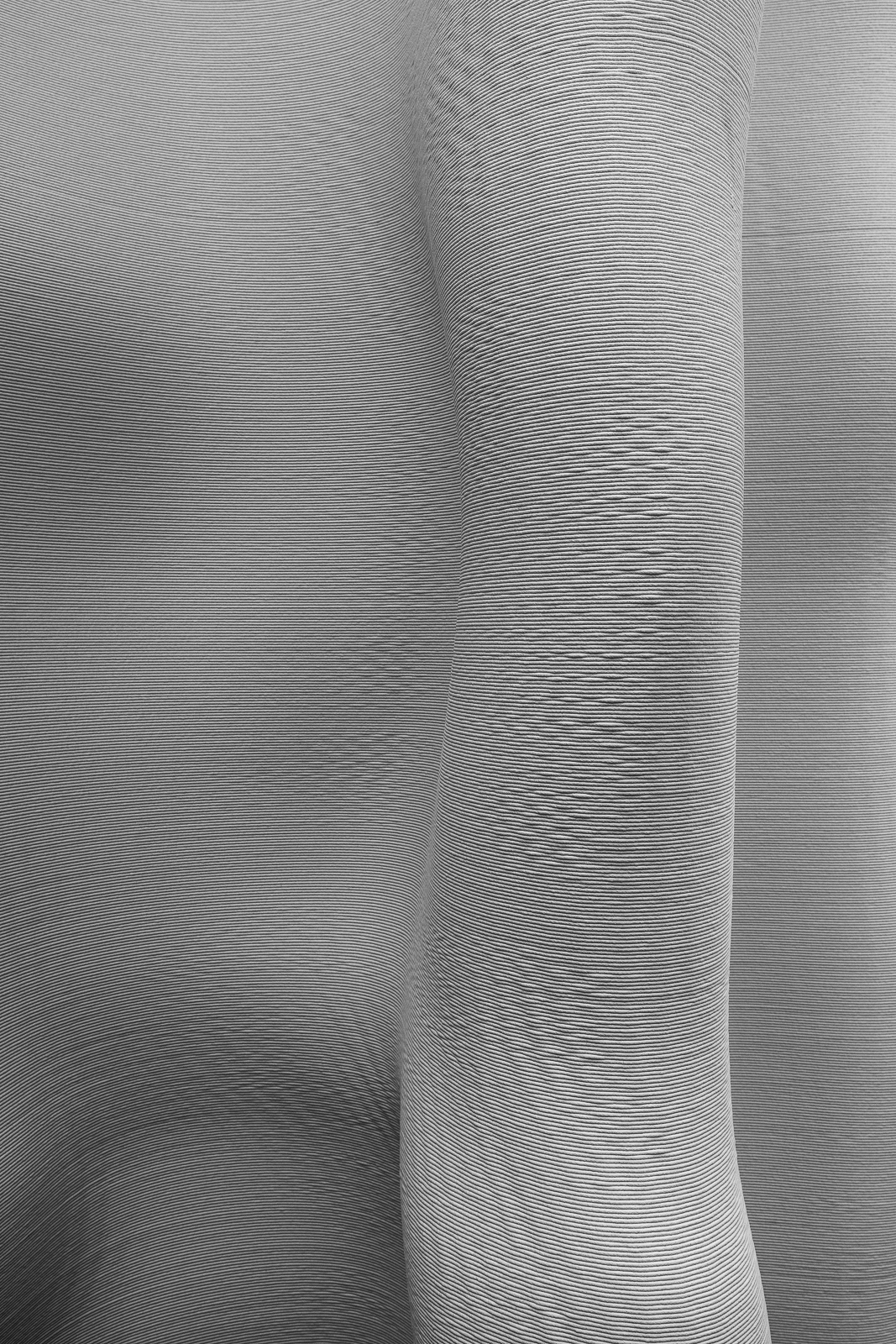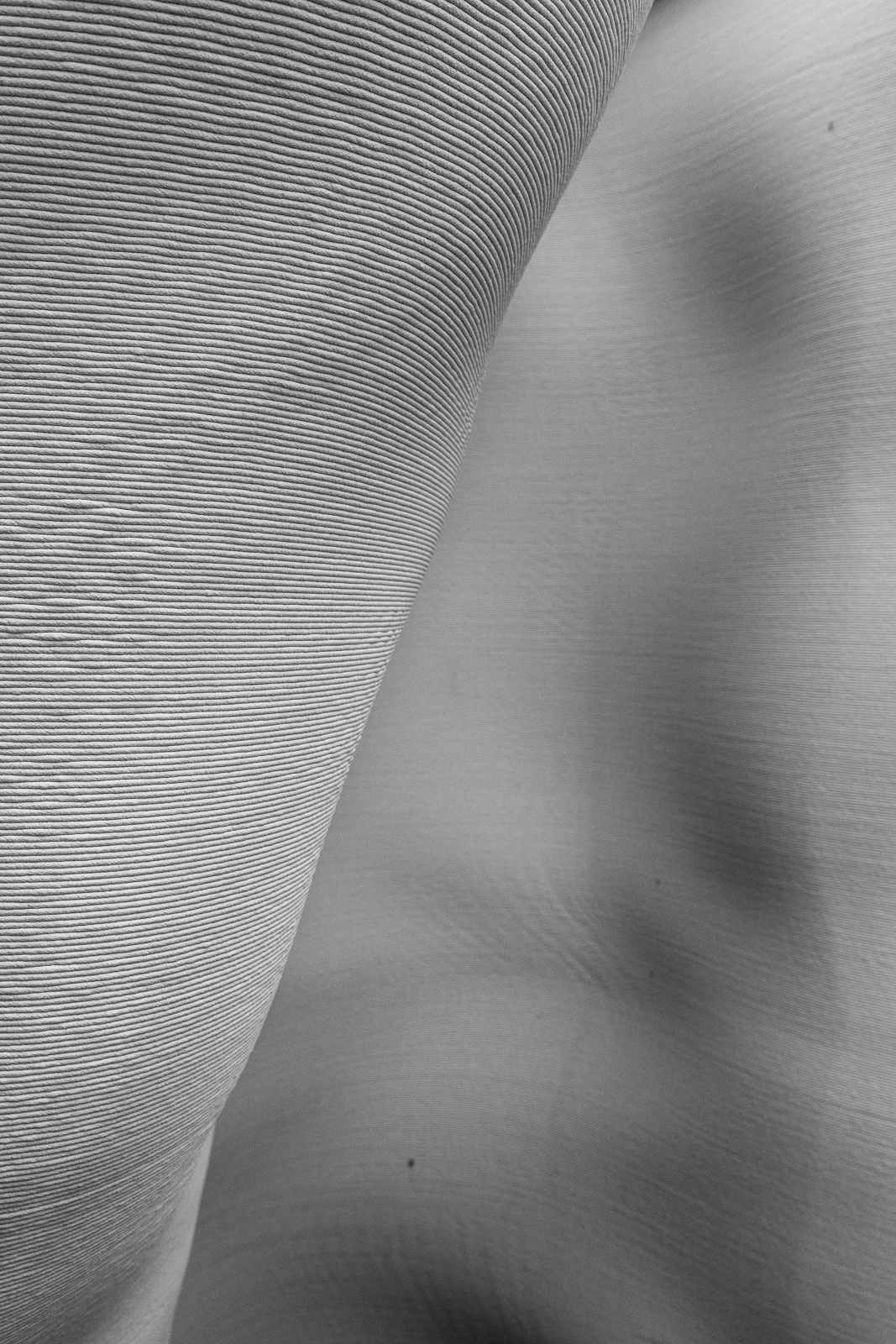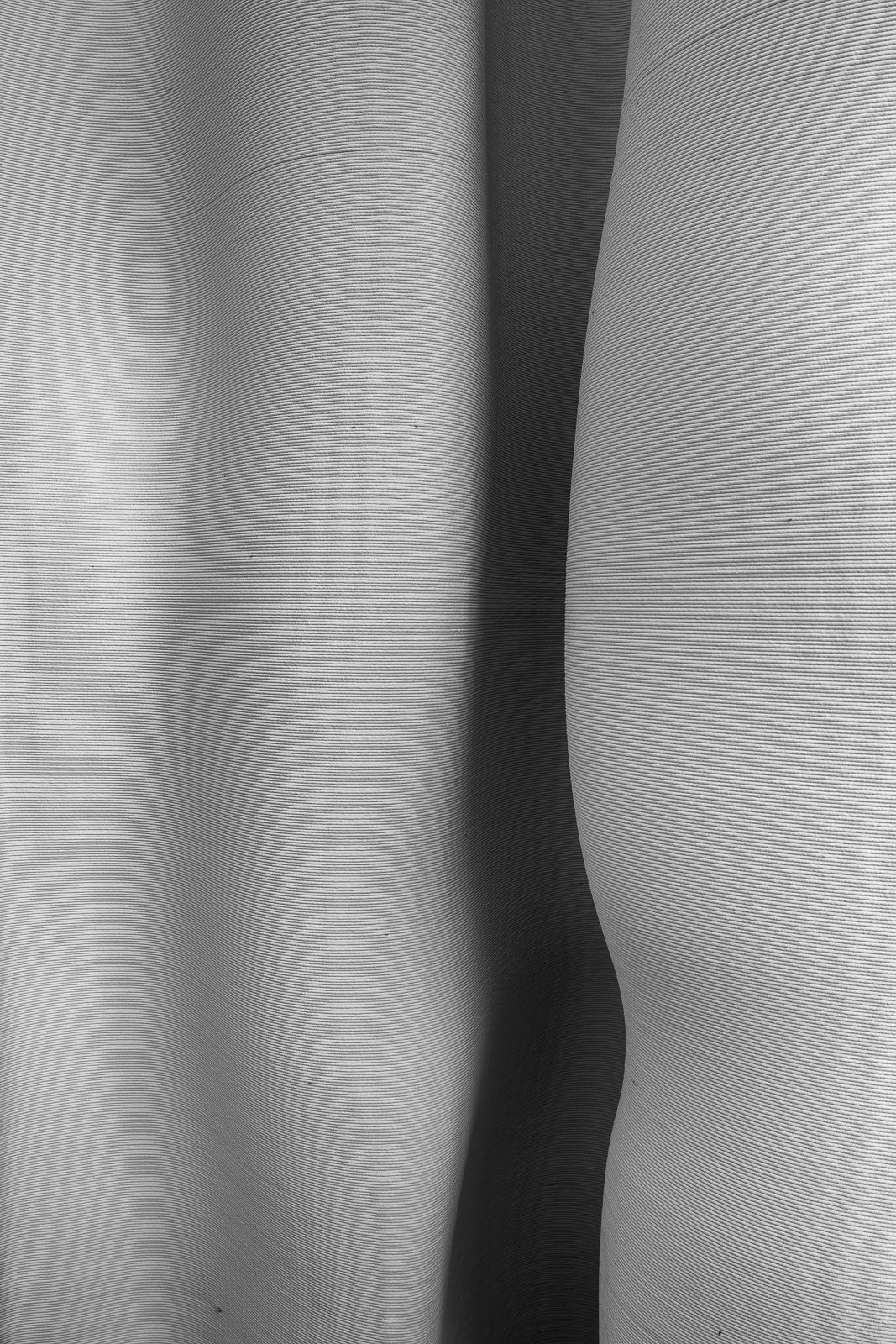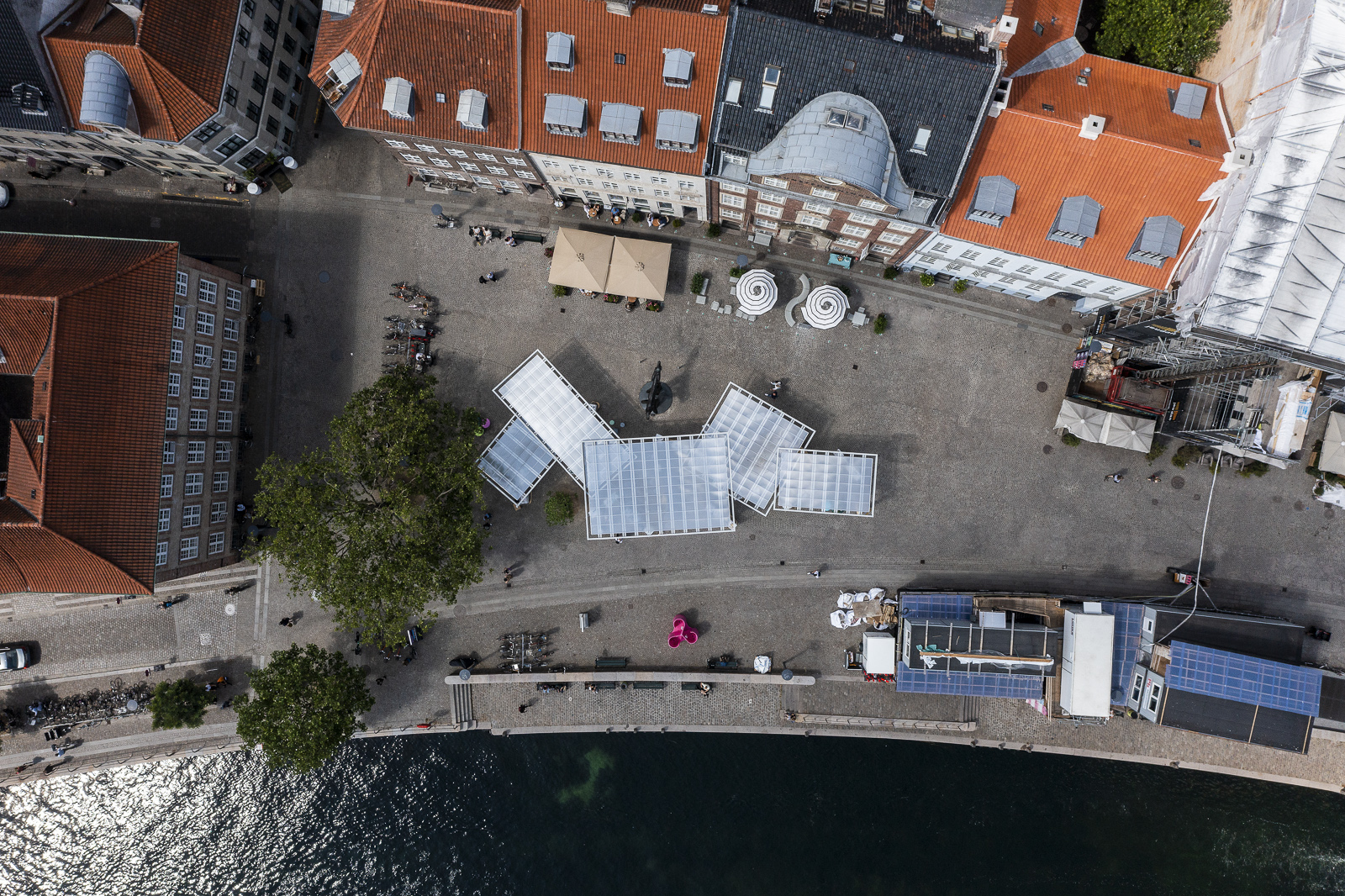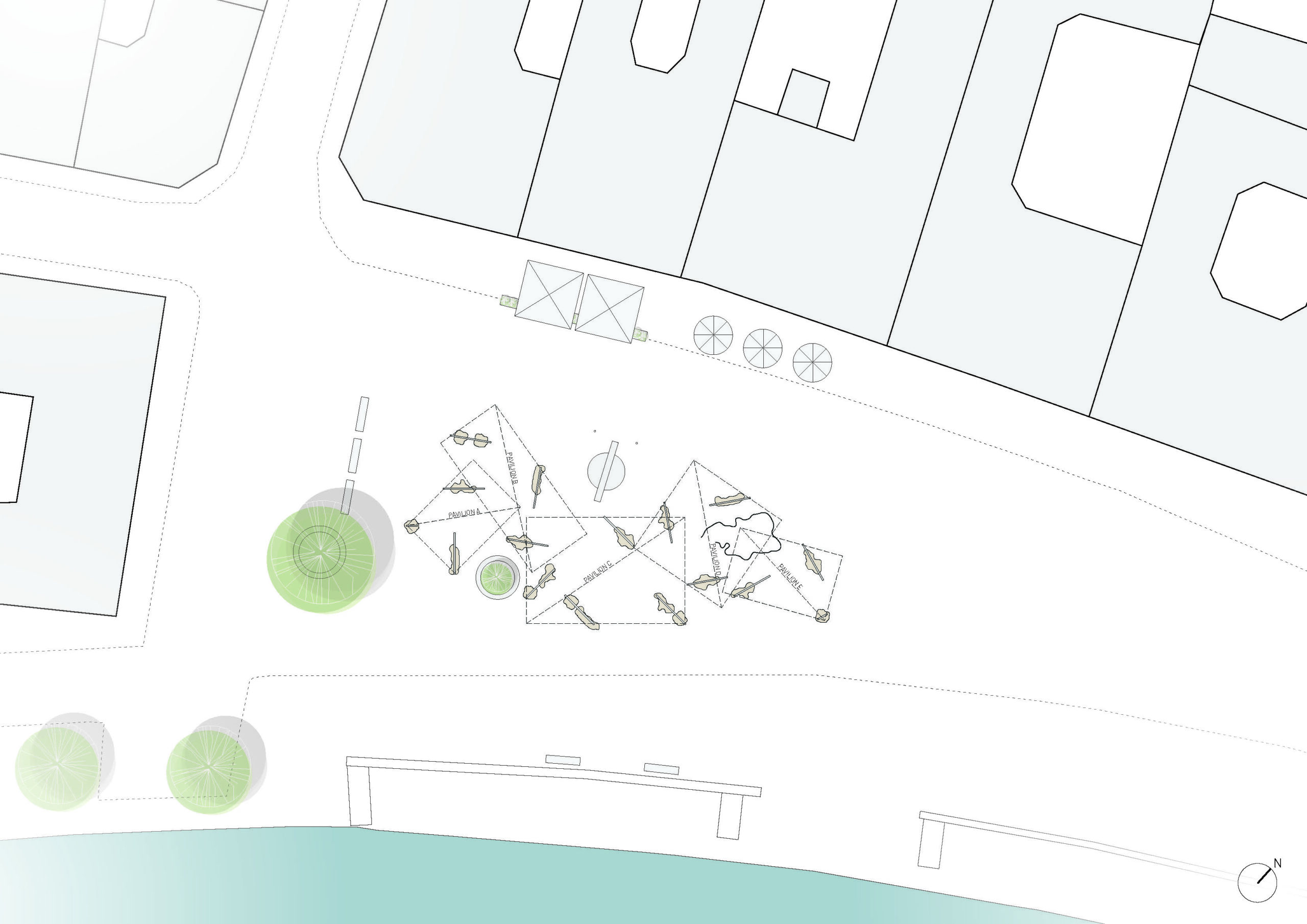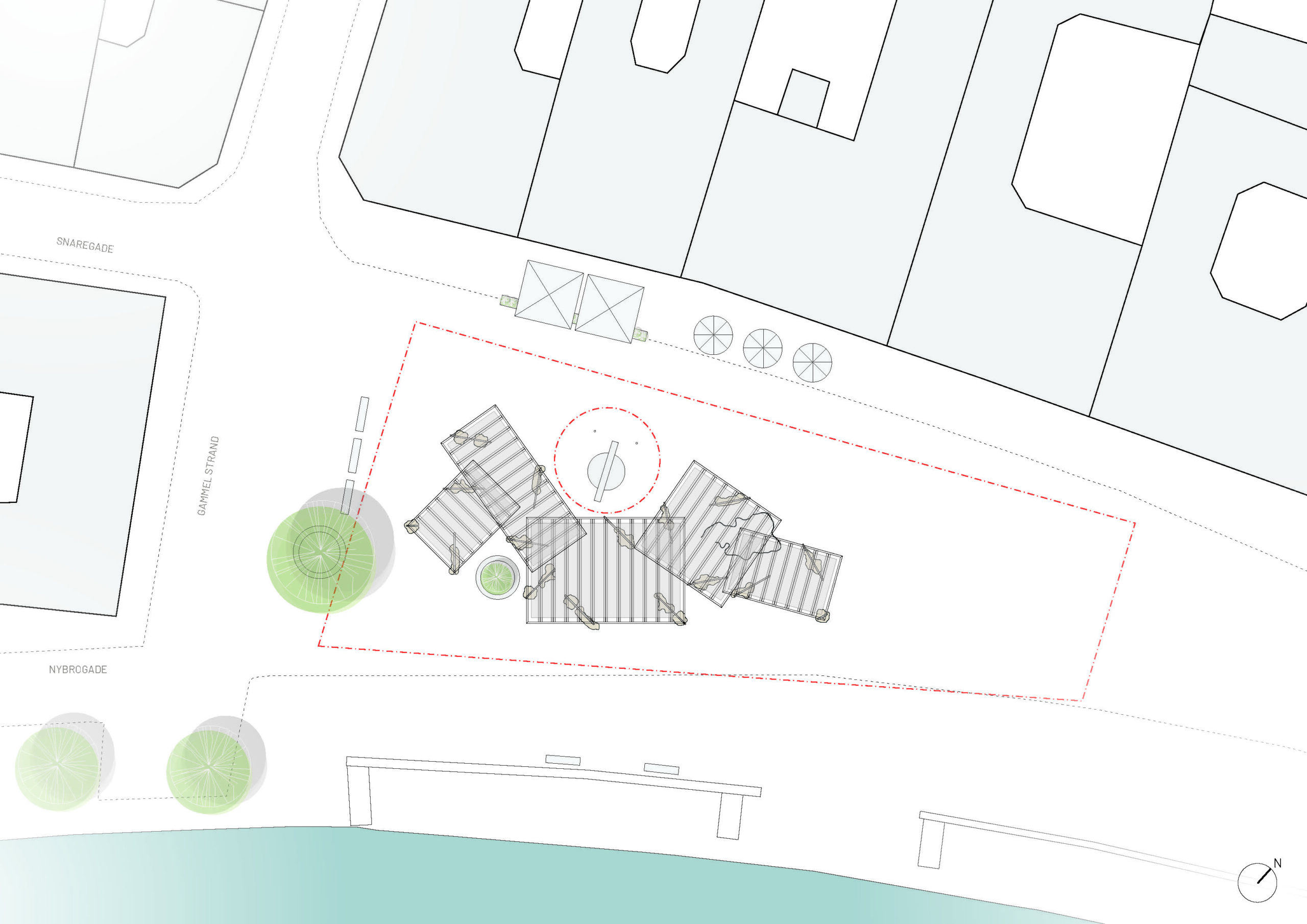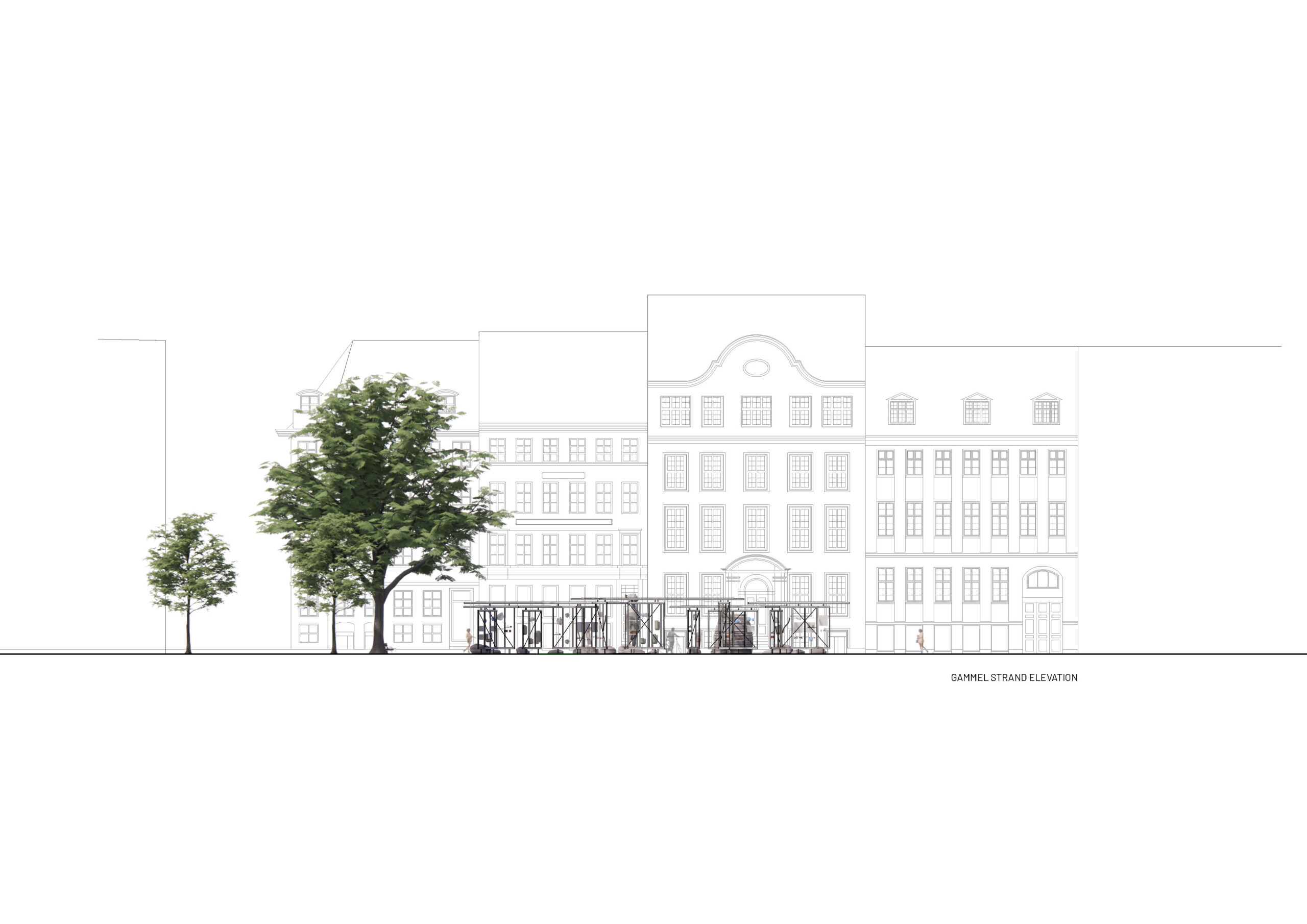-
A near invisible choreography of future materials
Plastic Pavilion
The UIA World Congress of Architects 2023 held in Copenhagen was subtitled “Sustainable Futures: Leave No One Behind. Yet we have designed a Plastic Pavilion as one of the Copenhagen Pavilions that will feature during the Congress. Plastic? Sustainability?
Notwithstanding that there are no conditions under which new buildings can be sustainable – as recently asserted by the Danish Government Consumer Advocate – we are at least trying to decarbonise as much as is possible. But this remains a dodgy dark art of misinformation where CLT uses only 30% of the tree (the rest is chipped and burnt) and Carbon Lifecycle Assessments can be gamed via the methodology used.
Despite these grey areas of misinformation and misrepresentation, people are keen to write off plastic because, well, its plastic. But until we find something better, we all need plastic (especially when we are in hospital or have chronic health issues). So, in the meantime, we need to find ways of recycling and upcycling and re-using plastic, as best we can, noting that these processes too have their own impacts.
The Plastic Pavilion represents the Danish Plastic Association (Plastindustrien) and the efforts of their members to innovate in the way their products are made in the form of an exhibition that broadcasts current innovations in plastic technology. All materials used in the construction of the pavilion (and the 75 exhibits) are examples of plastic recycling and reuse. It’s still plastic, but important to include as part of a broader discussion regard the continued optimisation of the materials we use.
- TYPE Public
- LOCATION COPENHAGEN | DK
- YEAR 2023
APPROACH
The pavilion creates a territory in the square via a series of 3D printed "feet", onto which a layer of exhibition panels are located. the feet and the panels choreograph not only the journey through the pavilion but also the relation between the pavilion and the square. In an effort to minimise materials, this choreography occurs almost invisibly, given the pavilion is so minimal that it "isn't there" when viewing from afar.
While all materials in the pavilion are in some way recycled or upcycled, they still contain plastic, a product that we should be using multiple times rather than as a disposable. At the same time, we care a great deal at TERROIR about the specific qualities of a site and how any spatial project choreographs the coming together of multiple actors in a place.
Design for disassembly requires generic geometries and elements, without which claims for re-use become only theoretical but unlike to be implemented. At the time, specific sites require specific solutions. We found the answer in the design of five different rectangles, of different sizes, that together have been arranged to account for the high amount of circulation around and through Gammelstrand where it was first located. At the same time, the different rectangles can be re-arranged in anew ways on other sites. Anchoring the rectangular frames in 3D printed feet allows for different levels in the different locations. At any point, the whole project can be disassembled and stored as a series of elements until needed again.
